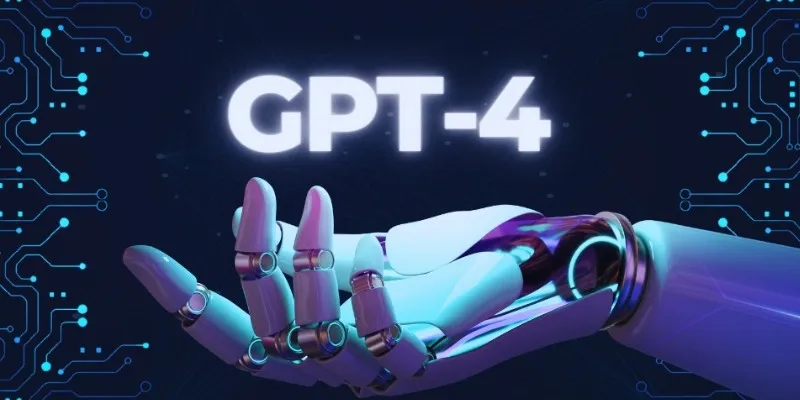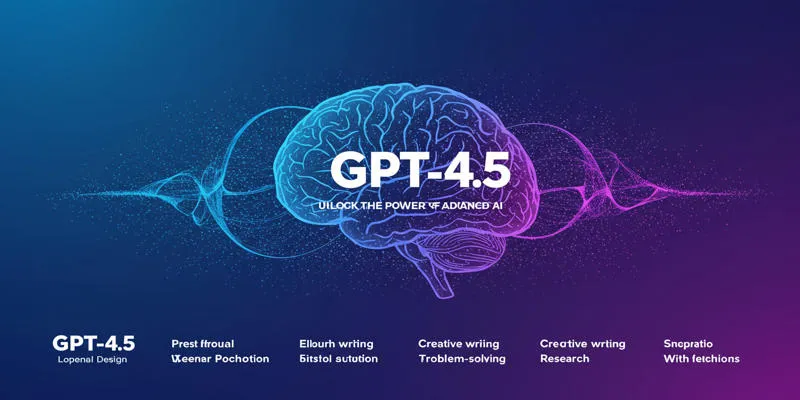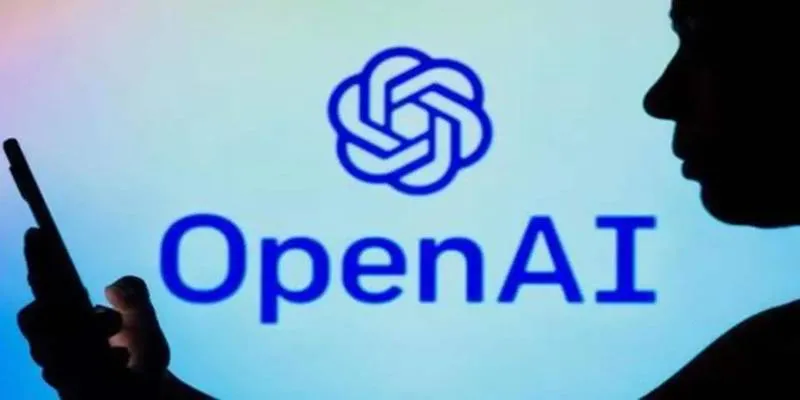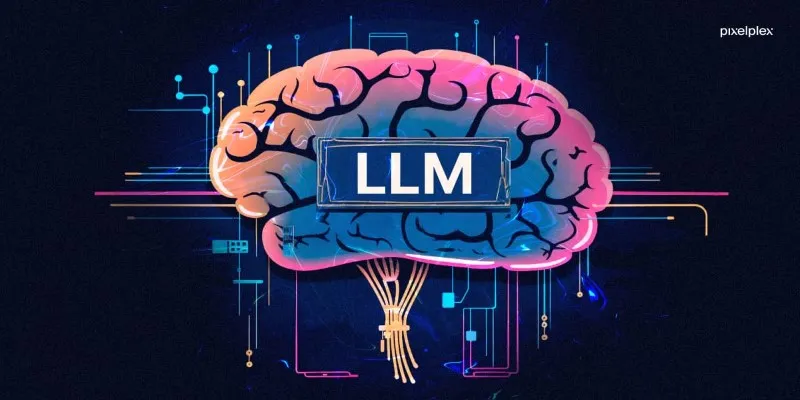Technology is advancing rapidly, with tools like artificial intelligence (AI) transforming our lives. A key part of AI is language models, which understand and generate human language. Among them is the Small Language Model (SLM). But what makes SLMs unique? Let’s explore how they differ and their role in this fast-evolving landscape.
What is a Small Language Model (SLM)?
 The Small
Language Model (SLM) functions as an artificial intelligence system to process
and generate written content, although it remains considerably smaller in size
than GPT-4 and other large models. This design allows it to operate basic
functions with enhanced speed while consuming minimal computer resources. The
compact nature of this model enables its execution across smartphones,
tablets, and laptops without the need for an internet connection.
The Small
Language Model (SLM) functions as an artificial intelligence system to process
and generate written content, although it remains considerably smaller in size
than GPT-4 and other large models. This design allows it to operate basic
functions with enhanced speed while consuming minimal computer resources. The
compact nature of this model enables its execution across smartphones,
tablets, and laptops without the need for an internet connection.
Data training for SLMs occurs with smaller datasets compared to larger models. Despite their size, SLMs display exceptional skills in completing their designated tasks. Short emails, answering basic questions, and language translation are examples of tasks SLMs assist users with.
How Does a Small Language Model Work?
A Small Language Model works by using pre-trained algorithms to process and generate text based on the input it receives. It operates through patterns and relationships learned from its training data, which allows it to predict the next words or phrases in a sequence.
Training with Limited Data
An SLM is trained using a smaller amount of text data. Instead of reading billions of pages like large models, an SLM might read thousands or millions. It learns the patterns and rules of the language by analyzing examples.
Focus on Specific Tasks
Unlike large models that try to learn everything, small language models focus on one or a few tasks. For instance, an SLM might be trained mainly to summarize news articles or assist with customer support chats.
Light on Resources
Since SLMs do not require heavy computer systems, they work well on small devices. This is ideal for companies or individuals who cannot afford powerful computers.
Benefits of Small Language Models
Small Language Models (SLMs) offer numerous advantages that make them valuable in a wide range of applications. Their efficiency, accessibility, and tailored capabilities allow them to stand out, particularly in scenarios where resources are limited or specific tasks need precise focus.
Faster and More Efficient
One of the biggest benefits of an SLM is speed. Because it is small, it can provide answers quickly without making you wait. It also does not require much memory, which means it can run on simple devices.
Better Privacy
Since small models can run on your own device, you do not always have to send your data over the internet. This helps protect your privacy because your information stays with you.
Easy to Update
It is easier to retrain or update an SLM. If you want to teach it new things, you can do it quickly without needing a lot of computing power.
Limitations of Small Language Models
While Small Language Models offer numerous benefits, they also come with certain limitations. These constraints can impact their performance and applicability in more complex tasks.
Not as Knowledgeable
Because they are trained on less data, SLMs may not know as much as large models. They might not understand very complex questions or new events.
Limited Creativity
SLMs are good for simple tasks but may struggle with creative writing or detailed technical answers. They can sometimes repeat the same ideas or make basic mistakes.
Shorter Memory
Small models cannot remember long conversations very well. They work best with short and simple interactions.
Examples of Small Language Models
Small Language Models (SLMs) are designed to perform specific tasks efficiently with limited computational resources. Below are some examples that highlight their capabilities and use cases.
Mobile Assistants
Apps like personal assistants on your phone often use SLMs. They help you set reminders, send texts, or check the weather without needing a big server.
Customer Service Bots
Many companies use small models to power their customer support chats. These bots answer simple questions like store hours, return policies, and basic troubleshooting.
Translation Tools
Some translation apps use small models to translate short phrases when you are traveling. They work offline and are fast because they do not require an internet connection.
Why Are Small Language Models Becoming Popular?
Small language models are gaining popularity due to their efficiency and versatility. They offer quick responses, require fewer resources, and can function effectively even without internet access.
Demand for On-Device AI
More people want AI that works offline to save data and protect privacy. SLMs are perfect for this need because they are lightweight and easy to run.
Affordable for Everyone
Not everyone can afford expensive servers or cloud services. Small models make AI tools affordable for schools, small businesses, and even personal use.
Faster Development
It takes less time to build and train a small model. Companies can create specialized models for their own needs without waiting for months or spending a lot of money.
How Are Small Language Models Trained?
Training small language models involves feeding them large datasets of text and teaching them to understand and generate human-like language. This process includes multiple steps like preprocessing the data, selecting architectures, and fine-tuning for specific tasks.
Step 1: Collecting Data
First, developers gather text examples from books, websites, or articles. They ensure the data is clean and simple.
Step 2: Training the Model
The model analyzes the data and learns how words and sentences are constructed. It practices making predictions, like guessing the next word in a sentence.
Step 3: Fine-Tuning
After the basic training, the model is fine-tuned on specific tasks like answering customer questions or translating languages.
Step 4: Testing and Improving
Developers test the model to ensure it works well. If there are mistakes, they fix them by giving the model more examples to learn from.
Future of Small Language Models
 Small Language
Models are improving every day. In the future, we might see even smarter small
models capable of performing more tasks. They might understand multiple
languages, remember longer conversations, and even work with images and
videos.
Small Language
Models are improving every day. In the future, we might see even smarter small
models capable of performing more tasks. They might understand multiple
languages, remember longer conversations, and even work with images and
videos.
Companies are also finding ways to make SLMs more energy-efficient. This is beneficial for the environment as it conserves electricity.
Conclusion
Small Language Models are a significant part of the future. They offer a smart, fast, and private way to use AI on small devices. Even though they have some limitations, they are perfect for simple tasks and everyday use. As technology evolves, SLMs will only get better and more powerful. If you are interested in AI but want something simple, fast, and easy to use, Small Language Models are a great choice. They demonstrate that sometimes small things can do great work too.
 zfn9
zfn9






















